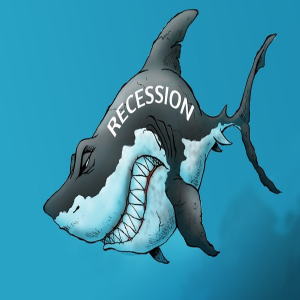Concussions can cause disruptions to everyday life in both the short and long term – a neurophysiologist explains what to watch for
Published in Health & Fitness
Miami Dolphins quarterback Tua Tagovailoa, who was carted off the field in late September 2022 after his second head injury in less than a week, serves as an example of how vulnerable the brain can be to additional trauma following an initial concussion.
Research shows that the rate of second concussions is highest in the immediate days following an initial concussion. In addition, recent studies have found that athletes who continue to play following a concussion experience longer recovery times and more severe symptoms.
While athletes of all ages may want to continue competing after a concussion, relying on a person with an injured brain to determine whether their brain is healthy enough to continue playing is flawed logic. Qualified health care professionals should always make these sorts of decisions for an athlete, rather than someone with a vested interest such as the athletes themselves or their coaches.
Given the energy crisis described above that occurs following a head injury, the brain simply cannot handle the added and cumulative stress of two injuries occurring in short succession. A second insult to the brain is often simply too much for the brain to handle, and the brain will preserve its most basic functions, such as breathing, above all else.
This is why it is imperative that athletes who experience a concussion be removed from the field of play and allowed to recover fully before returning to unrestricted sport participation. This often involves a stepwise reintegration approach, which allows for a gradual and safe reintroduction into physical activity at first, and an appropriately safe return to play under medical care.
The first step following a concussion is to stop playing sports and to rest for a day or two. Sleep is critically important in the days following a concussion.
A myth that continues to persist is that a person should be woken up every hour following a concussion. This is simply not supported by science. In fact, poor sleep after a concussion has been widely documented as being a predictor of poor outcomes, including longer recovery times and more severe anxiety, depression or cognitive symptoms. Waking someone up every hour applies to more severe brain injuries that would be ruled out by a health care provider during diagnosis.
In addition, recent guidelines and past research suggest that complete physical and cognitive rest, which is sometimes called cocoon therapy, can actually be harmful to recovery.
Therefore, it is important to keep a balanced approach in mind. Following a day or two of physical rest, people with a concussion should begin resuming light physical and cognitive activity that does not provoke or exacerbate ongoing symptoms.
When a person begins to feel better following a concussion, they should gradually add in higher intensity and greater amounts and duration of exercise, dictated by whether their symptoms are not significantly provoked. Recent studies have focused on the value of an individualized aerobic exercise program in the week following a concussion. Past work suggests that performing aerobic exercise at a heart rate just below the level at which symptoms are exacerbated is safe and effective for recovery.
It is important to note that the effects of a concussion may also result in secondary conditions, such as anxiety or depression due to the biological, social or psychological effects of the injury. A recent study showed that adolescents who sustained a concussion have a higher risk of mental health issues compared to those with an orthopedic injury.
This article is republished from The Conversation, an independent nonprofit news site dedicated to sharing ideas from academic experts. It was written by: David Howell, University of Colorado Anschutz Medical Campus. Like this article? subscribe to our weekly newsletter.
Read more:
The risk of concussion lurks at the Super Bowl – and in all other sports
Many kids still don’t report concussion symptoms. How can we change that?
Dr. Howell has received research support from the Eunice Kennedy Shriver National Institute of Child Health & Human Development, the National Institute of Neurological Disorders And Stroke, the National Institute of Arthritis and Musculoskeletal and Skin Diseases, 59th Medical Wing Department of the Air Force, MINDSOURCE Brain Injury Network, the Tai Foundation, and the Colorado Clinical and Translational Sciences Institute and he serves on the Scientific/Medical Advisory Board/owns shares for Synaptek, LLC.







Comments